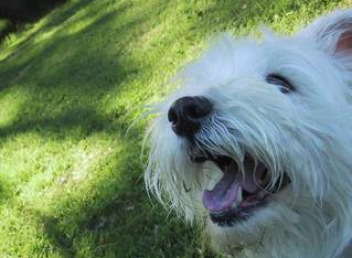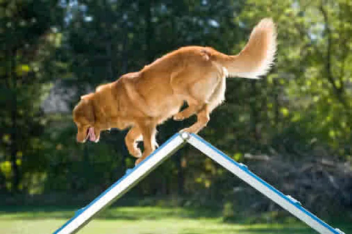After what has seemed like months waiting for the grass to grow after recent downpours our pastures are finally springing up. For many of us that means increasing our horses turnout or moving them to their summer fields, but how do we manage this transition with due care and attention to the sensitive equine digestive system? Scientific Nutritional Products takes a look in our latest blog.
Spring grass is rich, lush and packed with nutrients, alongside being extremely tasty so most equines won’t regulate themselves particularly well or limit their intake, so horse owners need to take responsibility of self control for their benefit! Start their turn out in a lush pasture for around an hour at a time and build up to several hours each day over a period of weeks. If your horse is a ‘good-doer’ consider using a grazing muzzle which allows the equine to enjoy the fresh air and a welcome leg stretch but without excessive consumption of rich grass.
This is important as though hay and grass are the same concept, there are significant differences between the format of the forage. Dried hay is approximately 15% moisture compared to fresh pasture that is 85% moisture.
The horse digests food-sources by fermenting fibre in the hindgut and this relies extensively on the microbes present in its gastrointestinal tract. If the forage source provided to the horse changes, the microbes cannot necessarily adapt quickly enough, and if these microbial populations don't have time to adjust to the change large numbers can die, while others flourish which can lead to digestive dysfunction such as colic. Therefore it is essential to make sure your horse is give adequate time to adjust to the change in forage.
Scientific Nutritional Products Top Tips to Manage Introduction to New Pasture
1.) Forage is the most important aspect of your equine's diet so it is vital that your horse or pony receives sufficient levels of fibre. However, as discussed above it is vital this transfer from poorer grass to richer grass or from stable to field is conducted gradually.
2.) If your horse is a good doer, suffering an ever expanding waistline it may be beneficial to fence a smaller area, reduce the amount of hours they are turned out, look into using a grazing muuzzle or source a field on the yard with lower quality pasture - many of the major feed companies will test the grass from your yard for levels of protein, digestible energy and the like! Alternatively ask your yard owner if you can share fields with another horse, even if you alternate with another horse, turning out at different times of the day or why not borrow some local sheep from a farmer seeking pasture?
3.) Finally at this time of year remember exercise is absolutely paramount. Stick to a regular routine of exercise for your horse and pony and if you have a holiday planned always ask a friend or riding instructor to ride or lunge your four-legged friend to limit the risk of weight gain which can lead to problems such as insulin resistance and laminitis.
Don't forget to check in with us next week to follow our educational blog available from our website and through our Facebook page!
For more information about Scientific Nutritional Products and the range of horse supplements and Dog Supplements including Glucosamine for Dogs available visit their website www.horsesupplementsdirect.co.uk




